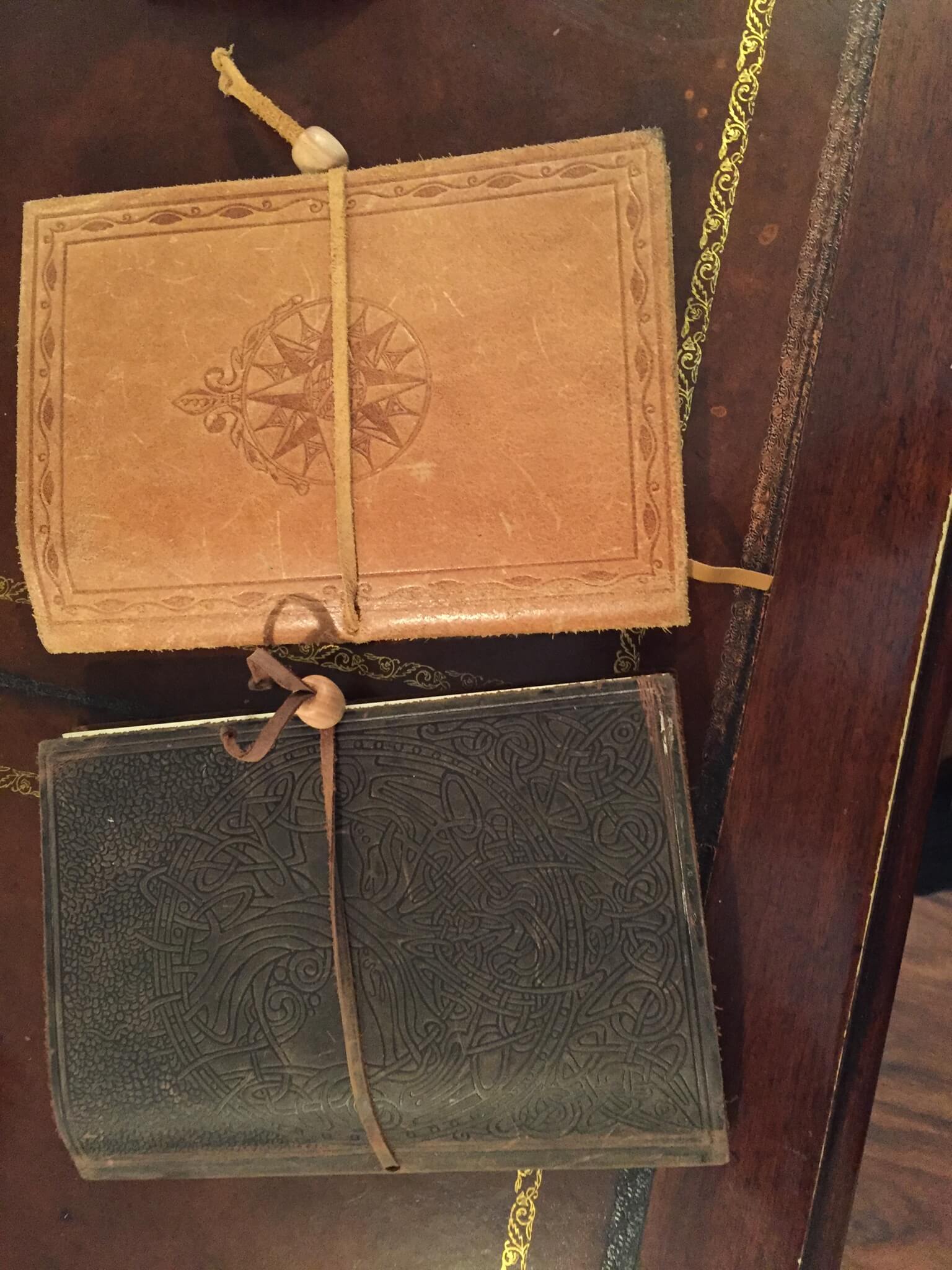Marc’s Alan Edelheit’s Writing Series
Part One:
Periodically, I get messaged by prospective/struggling writers, seeking advice. So, I thought it would be fun and perhaps helpful to begin a series of brief articles on writing, and how I personally pull it off, writing two books a year as a hobby, while having a full-time job.
I will post these articles on Facebook, My author Goodreads page, and on my website. Feel free to share these articles with your friends.
Today we will talk about PREP for writing, specifically journals.
Organization is your friend. The more organized you are before you begin writing the better off you will be. This is where notebooks and journals can come in handy. I used to write notes in plain writing pads, but the problem was that I kept losing them. So I switched to high quality journals. Problem solved, and more. They go everywhere with me. One thing I’ve learned over the years is that if you get an idea (no matter how inconsequential) you want to immediately write it down… otherwise chances are you will forget it. Hence the journal. I also like the look and feel of them.
I’ve included a link via amazon to give you an idea, plus a picture (on Facebook) of two journals I am actively using now. There are many kinds to choose from, and it may take a few tries before you find one you like.
http://amzn.to/2mYAwHl
http://amzn.to/2mG3JGf
http://amzn.to/2mG6g3d
You can also find journals at your local Barnes and Noble store.
I prefer the kind you can close with a leather strap. That way the pages stay closed in a bag, don’t bend or get torn. They are also very cool, and when you are done with them look great on a book shelf.
Make sure you write your name and address on the first page of the journal. In the event you lose it, a kind soul might just mail it back to you. I once had this happen, and was extremely grateful.
What do I put in my journals?
In short everything, which helps you greatly with staying organized for writing.
1. Prospective Character Names, both first and last.
2. The initial story idea. (Sometimes multiple stories ideas end up in the journal… a great idea will suddenly hit me. When it does, I stop what I am doing, and straight away put it down in ink. I have a ton of story ideas that I’ve written down over the years. When picking the next project, I choose the one I feel is the best, and will be the most fun to write. If I enjoy writing a story, chances are my readers will find the same sense of enjoyment, and like it.)
3. An initial outline. Just the basics here, chapter by chapter. (later I will fully develop the outline in Word… my last one was 49,000 words. This will be discussed in an article to come) Having an outline helps to defeat writer’s block.
4. Research Facts – If you have read my work, you will know that a lot of research goes into my books. This helps to make the story more ‘real’ and tangible for the reader. Anytime a reader comes away with having learned something this is a win.
5. Things I want to include, or as I am writing something I want to go back and add in to a previous chapter at a later date.
6. Full cast lists – so I can keep track of the cast.
7. Character Sheets and Charts (More on this in a later article.)
8. Rough Maps – So I can keep track of the action, battles, where the cast is in a particular scene, etc.
The list goes on. Anything and everything until your journal’s full. If you are writing a series, completed journals are great resources to have and look back on as a reference for subsequent books.
My journals help to make me a better writer. Let me know if you decide to adopt the practice or what has worked for you.
I hope you enjoyed this first article, and look forward to hearing your thoughts.
Best regards,
Marc
You can follow me on Facebook, Goodreads or on my website
https://www.facebook.com/MAENovels/?ref=bookmarks
https://www.goodreads.com/author/show/13708274.Marc_Alan_Edelheit



I am looking forward to speaking with you
Dustin speaks highly of you
Hey Marc – I’m interested to hear a bit more about your character sheets and Charts… Also, I’m wondering on the general layout of your journals – are they sectioned out for new ideas/etc, then a section for a story you’re working on (sectioned out as you mention above) or is it more helter skelter?
I’m working on a few YA ideas – putting pen to paper (well, fingers to keyboard) for several stories that I tell my kids that they have fallen in love with and I think others might enjoy – but realizing while they are fun, they need a bit more depth…
I am using OneNote to keep track of my ideas and then new sections for each idea to begin fleshing out the story – but, I like the outline you mention above as a general guide to help provide the depth and likely ensure continuity of characters throughout the stories…
Any other tips for the novice novelist? 🙂